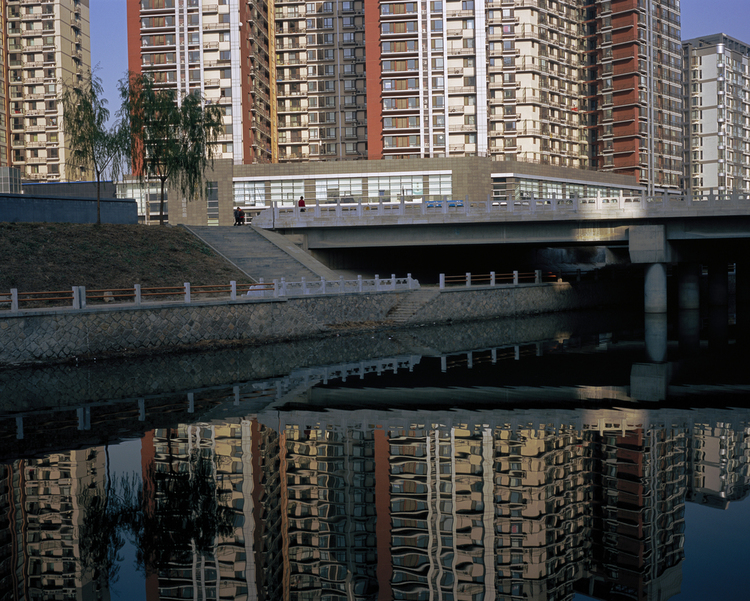Waterways
Sugarloaf Reservoir, Melbourne Water
Australia is the world’s driest inhabited continent, and it is getting even drier due to climate change. Since the mid-1990s, southeastern Australia has seen a 15 percent drop in rainfall. Melbourne’s water supply was severely impacted. While the City is no stranger to droughts, the future may bring greater incidence and severity. Studies project a potential decline of 45 percent in 29 catchments by 2030. Other potential impacts include the death of trees, less urban shade cover, and increased fire risk.
READ MORE/LESS
I visited Melbourne’s Sugarloaf Reservoir in 2010 during a punishing three-year drought. The dam and reservoir, constructed in 1981, has created its own recreational ecosystem, a parched wilderness teeming with eastern grey kangaroos, wallabies, and large kookaburras that swoop from the sky searching for prey. I witnessed a reservoir that had dropped to 30 percent capacity.
In response to climate change, Melbourne is developing new water infrastructure, including the capture and storage of rainwater and storm water. It commissioned its first desalinization plant in 2012, which will produce 50 billion liters of fresh water in 2016 - 2017. Conservation restrictions are seeking to reduce water consumption by 25 percent by 2020. Thanks to its wealth and political will, it appears Melbourne will adapt successfully to climate change.













